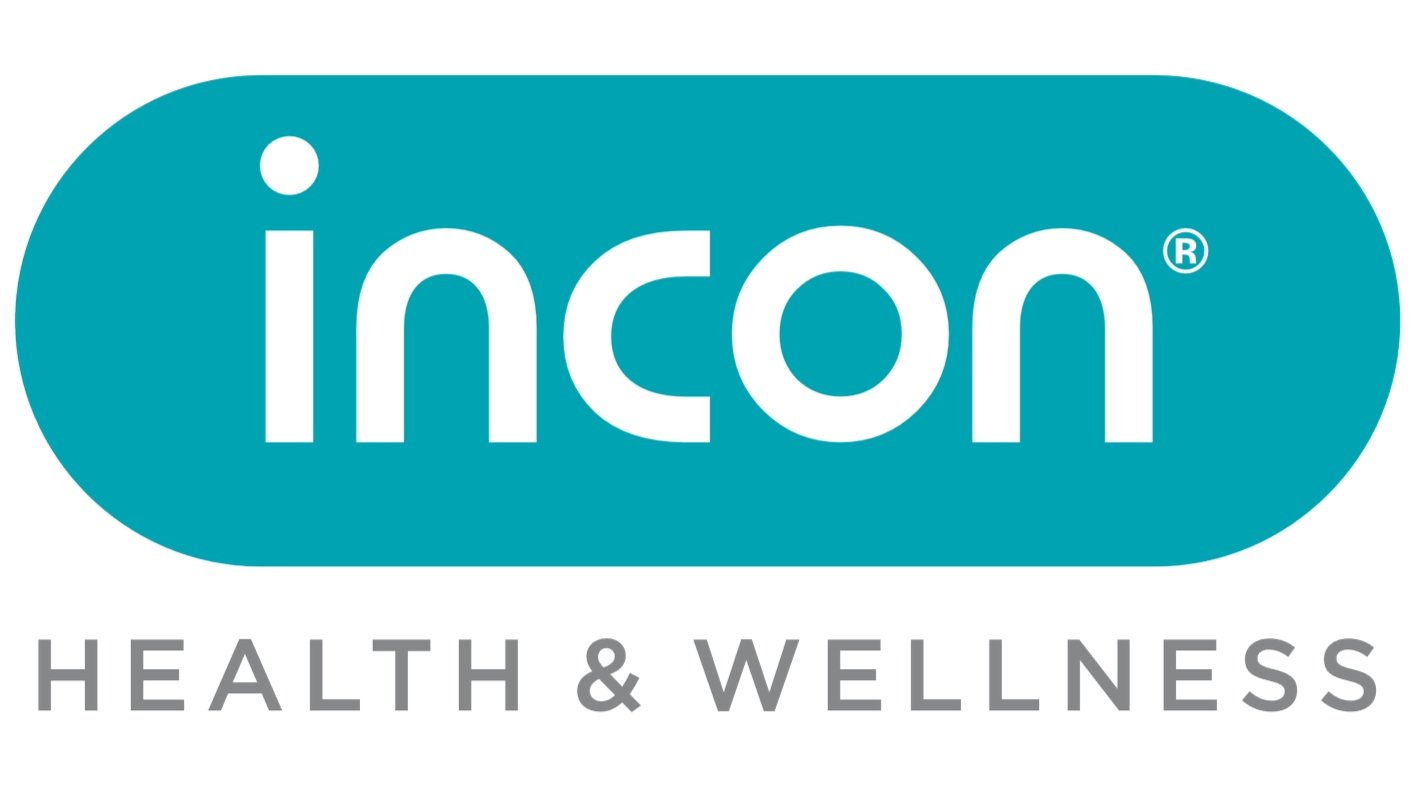OHS, AI & Automation
The rise of artificial intelligence (AI) and automation presents new opportunities and challenges for occupational health and safety (OHS). As these technologies transform the workplace, it’s essential to understand their role in improving safety, preventing accidents, and supporting employees.
Predicting Hazards with AI
AI is becoming increasingly effective in predicting potential hazards before they occur. By analysing real-time data from sensors and monitoring systems, AI can identify patterns that indicate safety risks. This proactive approach allows businesses to implement safety measures before accidents happen, such as alerting employees to unsafe conditions or predicting machine malfunctions that could lead to injury.
For example, AI-powered systems in manufacturing and construction can predict equipment failures, alerting operators to address issues before they result in workplace accidents.
Automation and Injury Reduction
Robots and automated systems play a crucial role in reducing human injury in dangerous environments. In industries like mining, manufacturing, and logistics, robots can perform high-risk tasks, such as lifting heavy objects, operating machinery, and conducting inspections in hazardous areas. By taking on these dangerous jobs, automated systems minimise human exposure to risks such as falls, repetitive strain injuries, and toxic exposure.
Automation also ensures more consistent and precise operations, reducing the likelihood of accidents caused by human error.
Training for Safe Interaction with AI and Automation
As AI and robots become more integrated into the workplace, it’s essential that employees are properly trained to interact with these technologies. Training programs should focus on teaching workers how to operate AI-driven machines safely, how to monitor and intervene when necessary, and how to follow safety protocols designed for automated environments.
Employees must understand both the benefits and limitations of AI and automation. This includes knowing when to rely on technology and when to manually intervene, ensuring that human oversight remains an integral part of workplace safety.
Balancing Human Labour with Technology
While AI and automation improve workplace safety, they also raise questions about the balance between human labourand technology. The goal should not be to replace human workers but to enhance their safety and productivity. By integrating automated systems with human input, businesses can create environments where technology works alongside employees to ensure safety and efficiency.
AI and automation are reshaping workplace safety, offering the potential to prevent accidents, reduce human injury, and improve overall operational efficiency. However, the key to maximising these benefits lies in proper training, safe system integration, and a balanced approach to human-technology collaboration. As these technologies evolve, so too must the safety protocols that ensure a safe and productive work environment for all.

